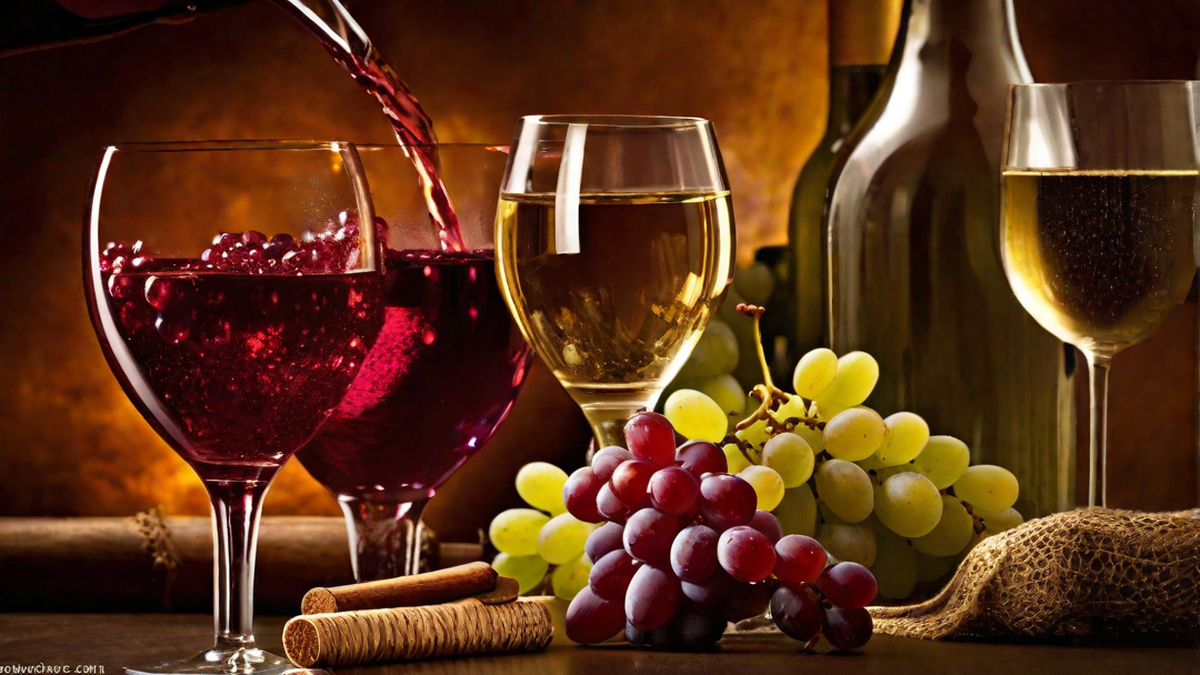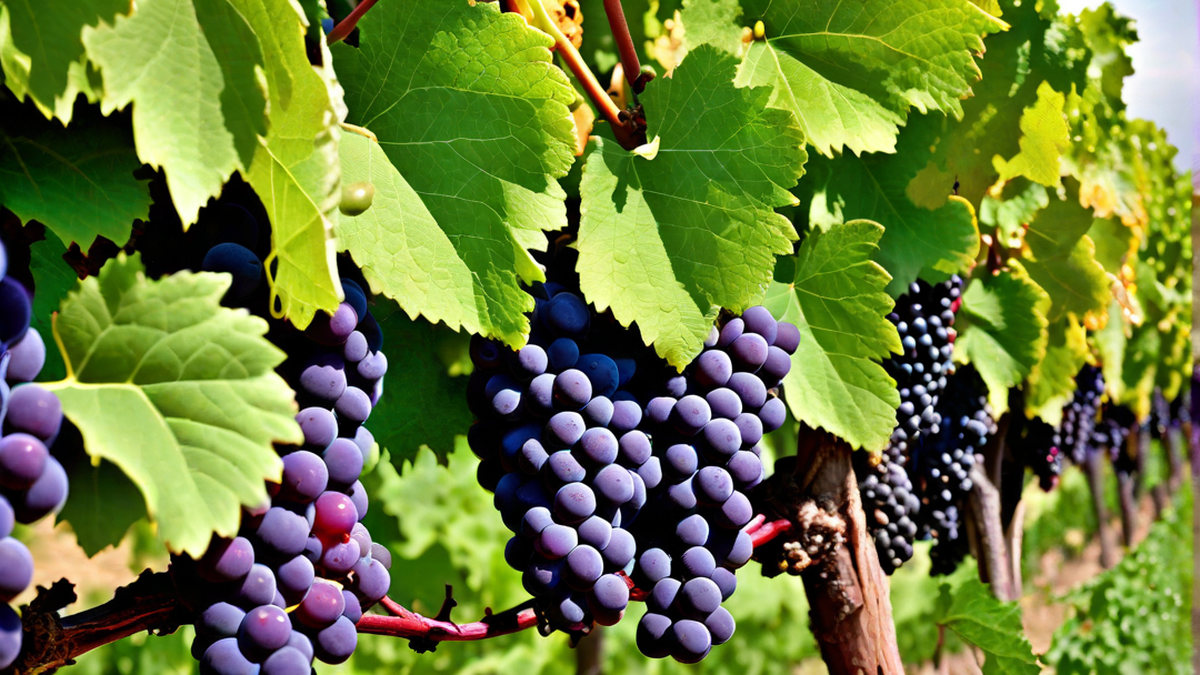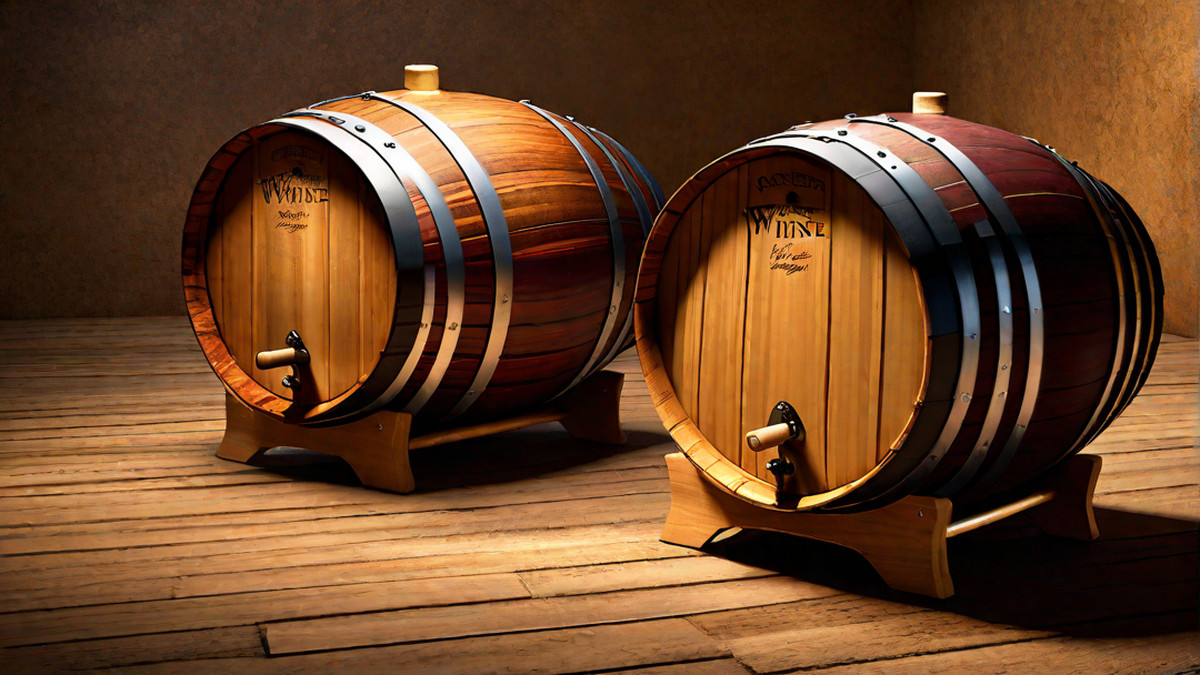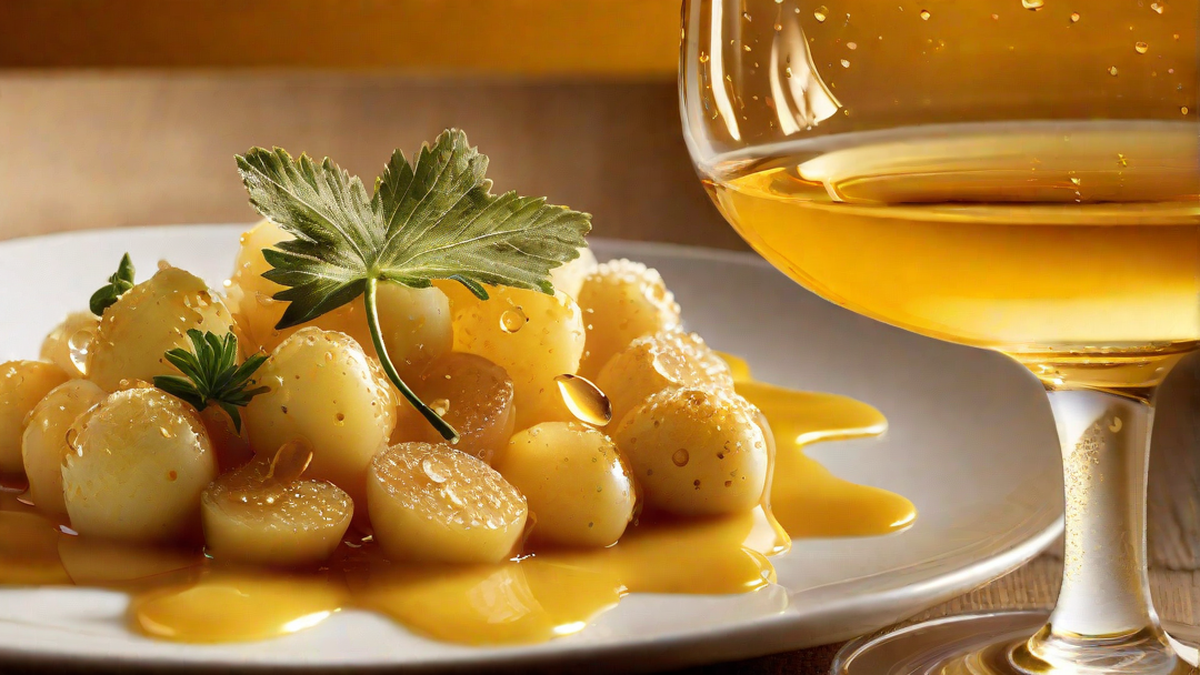Champagne, the beloved sparkling beverage, is well-known for its effervescence and enjoyable bubbles. As a wine lover, I have always been intrigued by the science behind those small, energetic bubbles that frolic on top of each glass. Therefore, let us delve into the domain of champagne and discover the reason behind the existence of bubbles in this sparkling drink.
The Winemaking Process
To understand why champagne has bubbles, we need to start at the beginning – the winemaking process. Champagne is made using a traditional method called méthode champenoise or méthode traditionnelle. This process involves a second fermentation that takes place inside the bottle.
After the base wine is made, a mixture of sugar and yeast, known as the liqueur de tirage, is added to it. This triggers a second fermentation, during which the yeast consumes the sugar and produces carbon dioxide as a byproduct. However, in the case of champagne, this second fermentation happens in a sealed bottle, trapping the carbon dioxide and creating the signature bubbles.
Pressure in the Bottle
One of the key factors contributing to the intense effervescence of champagne is the high pressure inside the bottle. During the second fermentation, the carbon dioxide produced cannot escape and becomes trapped in the sealed environment. This trapped gas builds up pressure, which can reach up to six atmospheres, creating the characteristic bubbles when the bottle is opened.
It’s important to note that the pressure inside the bottle is crucial for the quality of the sparkling wine. The right amount of pressure enhances the texture, mouthfeel, and aromas of the champagne. Too much pressure can lead to an explosive and potentially dangerous situation, while too little pressure results in a flat and lackluster drink.
The Role of the Glass
The glassware we use when drinking champagne also plays a significant role in the way we experience the bubbles. The shape of the glass, with its tall and narrow flute or tulip design, helps to preserve the effervescence for longer. The bubbles constantly rise to the surface, creating a mesmerizing visual display.
Additionally, the rough surface of the glass, especially in the form of a nucleation point like a small etching or imperfection, provides a place for the bubbles to form and rise. This is why you may notice a stream of bubbles emanating from a specific spot on the glass.
Storage and Temperature
The storage and temperature conditions also influence the presence and intensity of bubbles in champagne. Proper storage, lying the bottles horizontally, keeps the cork moist and prevents the gas from escaping prematurely. When it comes time to serve, chilling the bottle at a recommended temperature of around 45-48°F (7-9°C) helps maintain the carbon dioxide in solution, enhancing the bubbling effect.
Conclusion
The delightful bubbles in champagne are the result of a meticulously crafted winemaking process that involves a second fermentation inside the bottle. The pressure, glassware, storage, and temperature all contribute to the effervescent experience we enjoy. Next time you raise a glass of champagne, take a moment to appreciate the science and artistry behind those enchanting bubbles.




